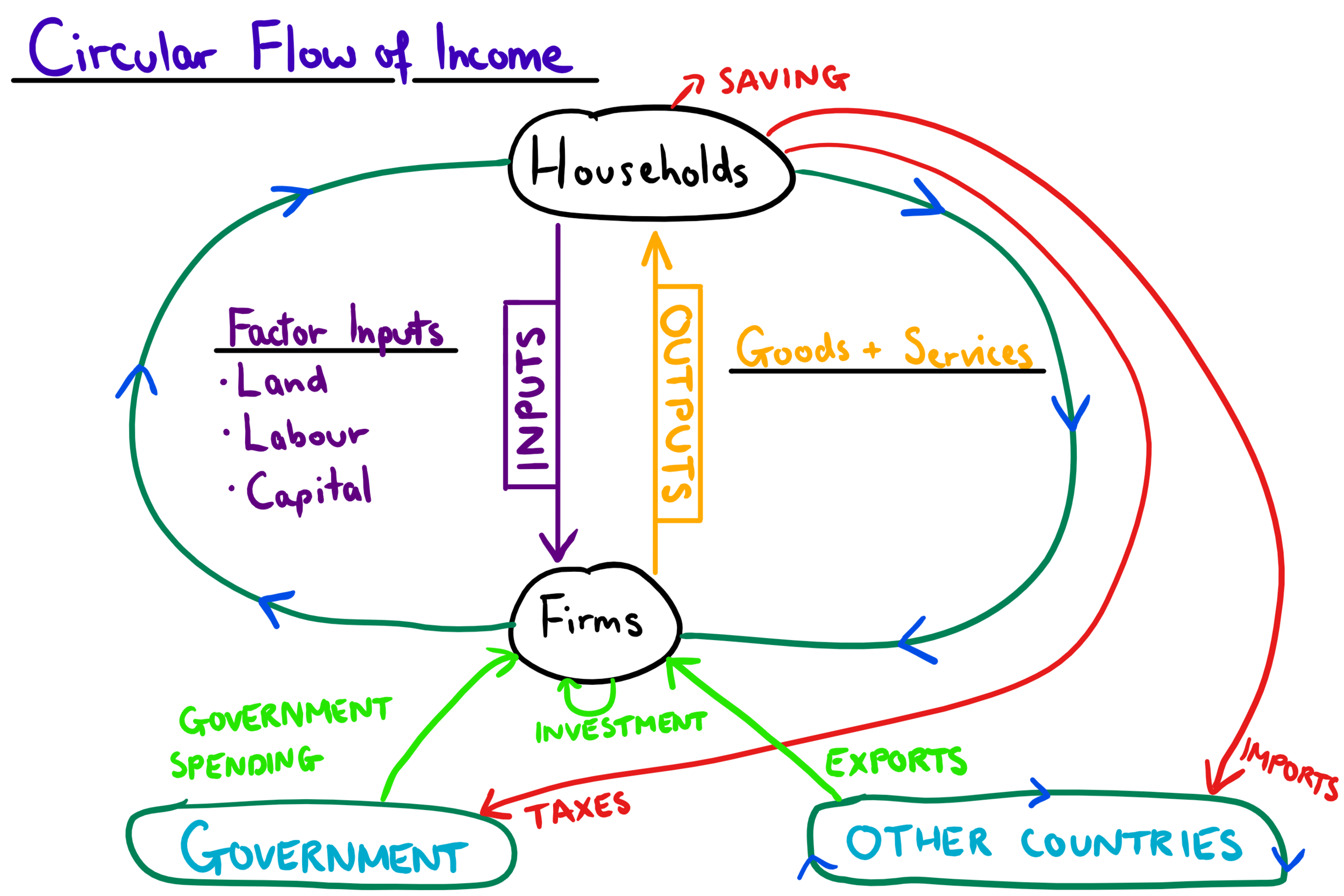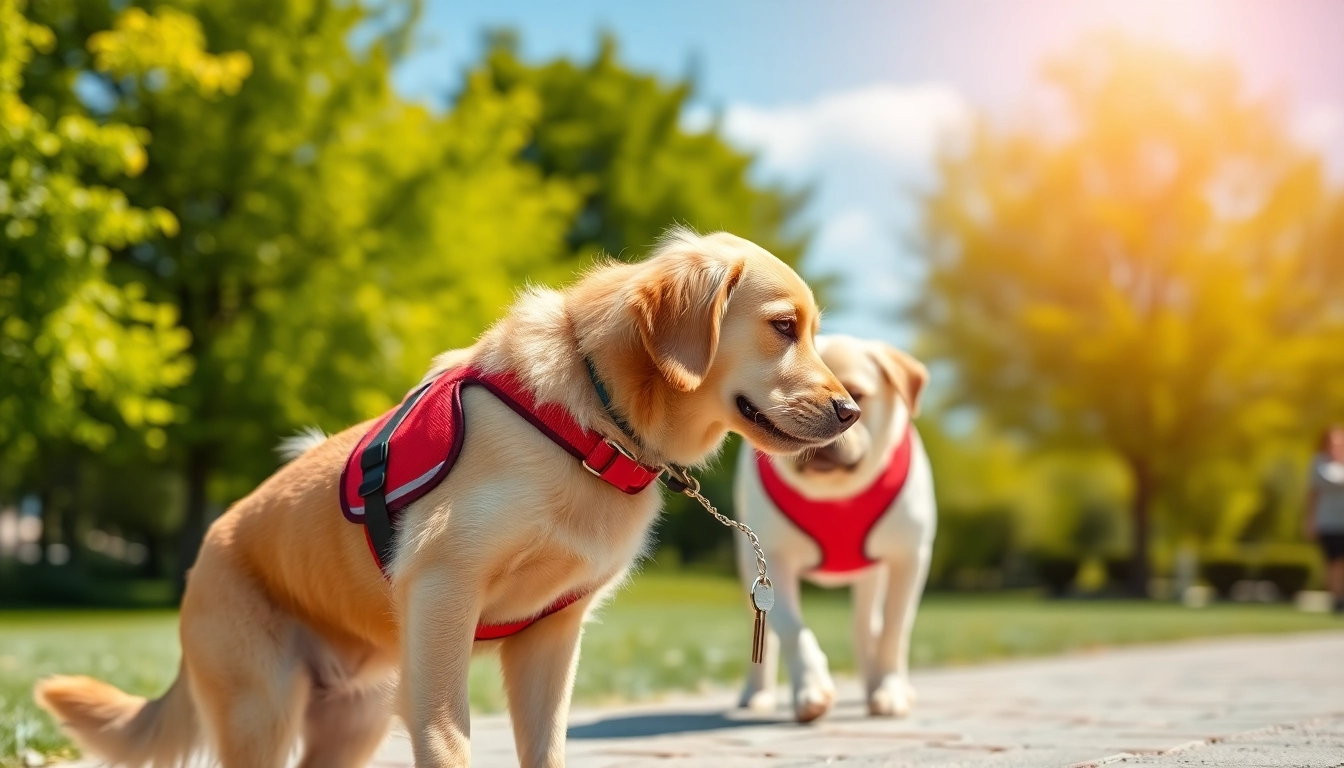Learning about voornaamwoorde in Afrikaans is one of the most important steps in mastering the language. pronouns appear in every sentence, making them essential for clear communication. Whether you are a beginner or brushing up on your grammar, understanding pronouns gives you the tools to speak, write, and read Afrikaans confidently. The word voornaamwoorde refers to pronouns, and they take the place of nouns. Using voornaamwoorde correctly helps you avoid repeating the same word over and over. In Afrikaans, pronouns come in many types: personal, possessive, demonstrative, relative, interrogative, reflexive, and indefinite. By mastering pronouns, you can express ideas clearly and with ease. Knowing where and how to use voornaamwoorde will improve both your speaking and writing. Let’s explore everything you need to know about voornaamwoorde in Afrikaans.
What Are Voornaamwoorde?
In simple terms, pronouns are pronouns. These are words that stand in for nouns to avoid repetition and make speech or writing more fluent. Instead of saying “Maria went to Maria’s house because Maria forgot Maria’s book,” we say, “Maria went to her house because she forgot her book.” The words her and she are pronouns. In Afrikaans, just like in English, pronouns make language more natural and efficient.
Types of Voornaamwoorde in Afrikaans
Afrikaans uses several different types of pronouns, each serving a specific function in a sentence.
1. Personal Voornaamwoorde (Persoonlike pronouns)
These are the pronouns we use to refer to people or things directly. Examples include:
- Ek (I)
- Jy (you)
- Hy (he)
- Sy (she)
- Ons (we)
- Hulle (they)
Example sentence: Ek hou van sjokolade. (I like chocolate.) Here, Ek is the personal voornaamwoord.
2. Possessive Voornaamwoorde (Besitlike pronouns)
These pronouns show ownership or possession. Examples include:
- My (my)
- Jou (your)
- Sy (his)
- Haar (her)
- Ons (our)
- Hulle (their)
Example: Dit is my boek. (That is my book.)
Possessive pronouns answer the question: “Whose?”
3. Reflexive Voornaamwoorde (Terugwysende pronouns)
These are used when the subject and object of the sentence are the same person. Examples:
- Myself (myself)
- Jouself (yourself)
- Homself (himself)
- Haarself (herself)
- Onsself (ourselves)
Example: Sy het haarself gesny. (She cut herself.)
Reflexive voornaamwoorde are crucial for expressing actions that reflect back onto the subject.
4. Demonstrative Voornaamwoorde (Aanwysende pronouns)
These pronouns point to something specific. Examples:
- Hierdie (this)
- Daardie (that)
- Hierdie een (this one)
- Daardie een (that one)
Example: Ek hou van hierdie een. (I like this one.)
Demonstrative pronouns help identify exactly what or whom we are referring to.
5. Relative Voornaamwoorde (Betreklike Voornaamwoorde)
These connect clauses and give more information about a noun. Examples:
- Wat (that/which)
- Wie (who)
Example: Die meisie wat sing, is my suster. (The girl who is singing is my sister.)
Relative voornaamwoorde help combine ideas smoothly.
6. Interrogative Voornaamwoorde (Vraende pronouns)
These are used to ask questions. Examples:
- Wie (who)
- Wat (what)
- Watter (which)
- Waar (where)
Example: Wat is jou naam? (What is your name?)
These pronouns are key when forming questions.
7. Indefinite pronouns (Onbepaalde Voornaamwoorde)
These refer to non-specific people or things. Examples:
- Iemand (someone)
- Niemand (no one)
- Almal (everyone)
- Enigeen (anyone)
Example: Iemand het aan die deur geklop. (Someone knocked on the door.)
Indefinite voornaamwoorde are useful when you don’t know or don’t want to say exactly who or what you are talking about.
Why Are Voornaamwoorde Important in Afrikaans?
Voornaamwoorde allow you to speak and write without repeating nouns constantly. This makes your language smoother and easier to understand. Imagine a paragraph where every sentence uses the full name of a person or object repeatedly—it becomes awkward and boring. That’s why pronouns are a core part of grammar, both in Afrikaans and other languages.
They also help with sentence variety and make conversations feel more natural. Whether you are telling a story, giving directions, asking questions, or writing an essay, pronouns play a vital role.
Common Mistakes with Voornaamwoorde
Many learners confuse possessive pronouns with personal ones. For example, saying sy boek (his book) instead of haar boek (her book) changes the meaning completely. Another common mistake is using the wrong reflexive voornaamwoord, such as saying myself instead of jouself when talking to someone else.
Also, learners sometimes mix up interrogative and demonstrative voornaamwoorde. Remember that wat is used for questions, while daardie points to something specific.
Tips to Master Voornaamwoorde in Afrikaans
- Practice Daily Conversations – Try speaking short sentences aloud using different types of pronouns.
- Read Afrikaans Stories – Notice how pronouns are used in books and magazines. Look for personal and possessive pronouns in dialogue.
- Write Short Paragraphs – Practice writing a few sentences and replacing nouns with pronouns.
- Flashcards – Create cards with one side showing the voornaamwoord and the other side an example sentence.
- Use Online Quizzes – Reinforce your learning with free grammar exercises focused on pronouns.
Examples of Voornaamwoorde in Sentences
Let’s look at several sentence examples to understand how each type of voornaamwoord functions:
- Ek sien haar elke dag. (I see her every day.) – Personal
- Hulle het hul huis verkoop. (They sold their house.) – Possessive
- Sy het haarself gesny. (She cut herself.) – Reflexive
- Daardie een is mooi. (That one is pretty.) – Demonstrative
- Die man wat hardloop, is vinnig. (The man who is running is fast.) – Relative
- Wie het dit gesê? (Who said that?) – Interrogative
- Enigeen mag inskryf. (Anyone may register.) – Indefinite
All these examples include pronouns that shape the meaning and clarity of each sentence.
The Role of Pronouns in Writing and Speech
Voornaamwoorde make writing flow more easily and help the reader understand who or what is being talked about. In spoken Afrikaans, they are even more important because we often drop unnecessary words. Saying “Ek sien hom” (I see him) is much quicker than repeating the person’s name.
In essays, speeches, or conversations, using the right pronouns improves coherence. The correct use of voornaamwoorde also makes your Afrikaans sound more natural and fluent.
How Children Learn Voornaamwoorde
Children naturally pick up pronouns early in their language development. They start by using ek, jy, my, and ons, then learn others as they get older. By reading children’s books, singing songs, and practicing with fun activities, kids quickly become familiar with various pronouns.
Teachers and parents can reinforce this by pointing out pronouns in stories or correcting misuse gently during conversation.
Summary of Key Points About Voornaamwoorde
- Voornaamwoorde replace nouns to avoid repetition.
- They come in several types: personal, possessive, reflexive, demonstrative, relative, interrogative, and indefinite.
- Proper use improves writing, speaking, and listening skills.
- Practice and exposure are the best ways to master pronouns.
- Watch for common mistakes like misusing possessive or reflexive forms.
Conclusion
Pronouns in Afrikaans are small words that make a big difference in how we communicate. By using pronouns correctly, you can sound more fluent, natural, and clear. Understanding all the types—from personal to indefinite—helps you build better sentences and understand others with ease. Practice using pronouns every day, in speech and writing, and you’ll notice how much more confident you become. Whether you’re helping a child learn, improving your grammar, or teaching Afrikaans, pronouns are at the heart of effective language use. Make them a part of your daily practice and watch your Afrikaans grow stronger
Your journey starts at our homepage—check it out today.











Leave a Reply